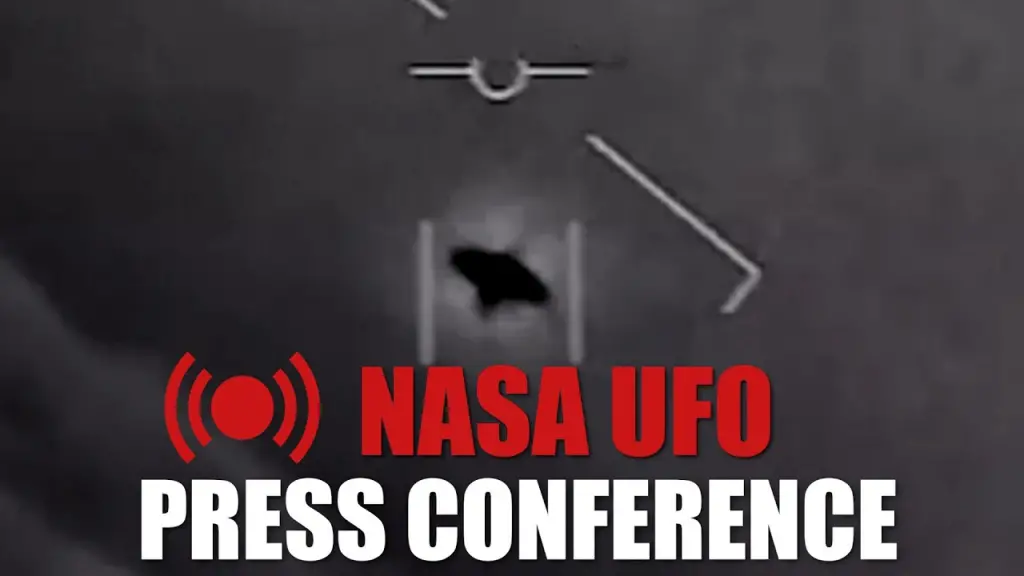
In a remarkable press briefing, NASA unveiled its groundbreaking approach to leverage high-dimensional data and machine learning techniques, including the AI system known as GPT-3.5. As many of us still grapple with the daily deluge of data in our lives, it’s not just earthbound problems that baffle us. Out there in the cosmos, the universe has its own set of complex puzzles, and NASA’s embracing AI and high-dimensional data to sift through the cosmic “haystack” and find the proverbial “needle.”
The Haystack and The Needle: Big Data in Space
The universe has always been a colossal mystery, a haystack with infinite straws. NASA’s panelists discussed how data scientists have traditionally been trained to identify patterns by drawing lines on graphs in two dimensions: the good old X and Y axes. But what happens when you’re dealing with data that can’t be represented on a simple two-dimensional graph?
Well, imagine a haystack so vast it includes data sets from hundreds of years, including phenomena like superstorms identified before the era of satellites. It’s not just about looking for the needles, those moments of extraordinary scientific significance; it’s also about understanding the nature of the haystack itself. Dr. Shikha Gupta aptly put it: once you’ve carried the haystack, it’s easier to distinguish the needles.
Into the High-Dimensional Labyrinth
What exactly does high-dimensional data mean? No, it’s not about inter-dimensional travel (much to the disappointment of sci-fi enthusiasts). High-dimensional data refers to data with multiple parameters or factors at play. According to David Meza, who works at the NASA Johnson Space Center, we are dealing with a multidimensional cosmos. So, using machine learning helps in representing functions in this complicated data space.
GPT-3.5, for example, operates in a high-dimensional space with 12,000 language tokens. AI systems like these are equipped to navigate this labyrinth of data and extract meaningful insights, essentially serving as cosmic cartographers.
Crowdsourcing and the Democratization of Data
What about involving the general public in this cosmic quest? NASA has its eyes on crowdsourcing, tapping into the collective capabilities of billions of people and their smartphones. An innovative idea proposed involves developing tamper-free apps that aggregate data from users across the globe. Imagine snapping a high-quality picture of a rare astronomical event right from your backyard and contributing to a collective understanding of the universe!
Sensor Harmonization and Commercial Assets
When it comes to utilizing commercial assets and sensor data, NASA is thinking about “harmonization.” Given that different sensors work differently, aligning them to a standard is crucial. The agency hasn’t clarified whether this will involve commercial contracts or voluntary reporting but it’s safe to say that the blending of varied data streams into a unified framework is high on NASA’s agenda.
Transparency and Ethical Questions
Amidst all the technological advancements, ethical concerns loom. The newly established Director of UAP (Unidentified Aerial Phenomena) Research’s identity is being kept private due to harassment concerns. This raises questions about NASA’s commitment to transparency. However, the agency assures that this is a temporary measure and reiterates that the scientific method will be the guiding light in all endeavors.
VIDEO: NASA press conference on UFO findings
Ultimately, NASA is orchestrating a cosmic symphony, a blending of human intellect, machine learning, and high-dimensional data. It’s not just the scientists at NASA who are the composers; each of us, with our little pocket computers, can contribute a note.
So the next time you gaze up at the starry sky, remember that there’s a fascinating confluence of technology and human curiosity at work, trying to decode the enigmatic verses that the universe has written. It’s indeed a new era of pioneers and “star sailors” as we boldly venture into the depths of cosmic knowledge.
Don’t forget to follow us on Youtube for the latest UFO videos.
Link: youtube.com/@LUFOS-UFO

Leave a Reply